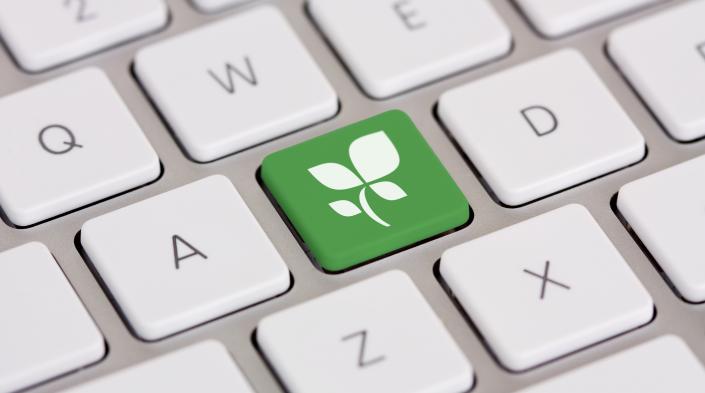 Photo by Bigstock. Used with permission.
Photo by Bigstock. Used with permission.
Page last updated on
As part of its work on ICTs and environmental sustainability, APC is publishing a practical guide on sustainable IT, which offers hands-on computing tips, on issues like where and how to select technology, software and peripherals, storing information, disposal and end of life.
Along with the guide, GreenNet has also compiled a series of at-a-glance tip sheets to help everyday users and IT professionals use computers in a more sustainable way. We hope you’ll find them useful.
Green-my-tech tips 1: Saving energy
This tip sheet looks at a variety of ways in which you can save energy – from putting your monitor on sleep, when to turn your computer off, screen savers and internet use.
Green-my-tech tips 2: Buying and disposing of electronics
This tip sheet provides tips on what to look for when buying electronics, and where to take your used and end-of-life electronics.
Green-my-tech tips 3: Getting your organisation to greenIT
This tip sheet looks at who in your organisation can help start a process to green its IT and provides examples or roles and tasks for the various individuals.
Green-my-tech tips 4: Energy efficiency for IT professionals and designers
Especially relevant to those in the IT and design industries, but also useful to anyone using websites, storing website information, servers and more; this tip sheet takes a more technical look at what you can do to in terms of server use and replacement, CPU use, software creation, web design and more.
Green-my-tech tips 5: Using IT and electronics to benefit the environment
Provides a survey of how electronics are being used to monitor and improve environmental conditions across the world.
The tips sheets are also available in French and Spanish.
Also see our sustainable IT check lists, based on the Sustainable IT guide book by Paul Mobbs.
You can help us make these fact sheets even better by sending us your tips: info@apc.org, and we encourage you to share and adapt the fact sheets as you like, under the Creative Commons Licence CC-BY version 2.0.
This work has been made possible by funding from the International Development Research Centre (IDRC).


